Wyoming hunters stand guard at the border with Colorado as pack of recently-released wolves threaten to cross state lines and wreak havoc on their ranches
A pack of recently released wolves are making their way towards the state lines and approaching the border with Wyoming.
Two wolves have been confirmed to have recently entered Moffat County, which is less than 50 miles from the Wyoming border, where killing wolves is legal year-round.
John Michael Williams, a Colorado resident who runs a Facebook page “Colorado Wolf Tracker,” estimates the duo may cross the border in the next four to six weeks.
‘If I had a crystal ball, what would I think? I think we’ll have one crossing, or maybe a few, sometime within the next four to six weeks.
“And I think we’re going to see some of them get shot,” Williams said Cowboys State Daily.
Wyoming ranchers have previously said they are prepared to use whatever means necessary to defend their livestock if any of the wolves cross the border.
By crossing the border, a wolf enters Wyoming’s 53 million-acre “predator zone” — which covers roughly 85 percent of the state — and goes from a state-endangered animal to one that can be shot on the spot.
This allows the ranchers to shoot or capture the wolves at any time, with no permit required and no bag limits.
A new map released by Colorado officials shows the movements of 12 gray wolves across the state — two of which range very close to the Wyoming border
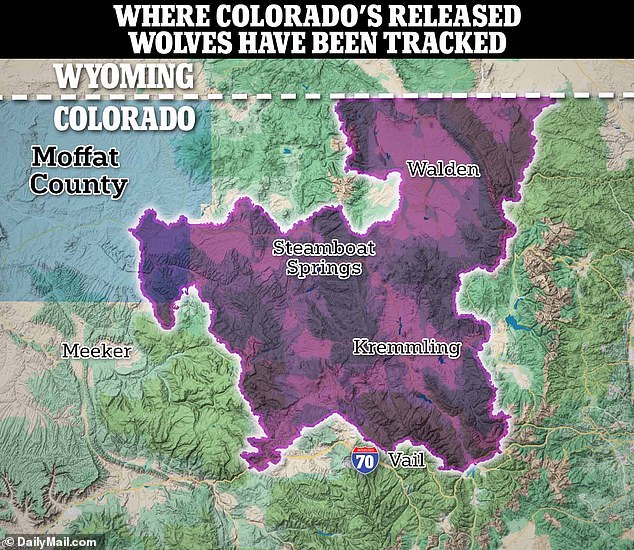
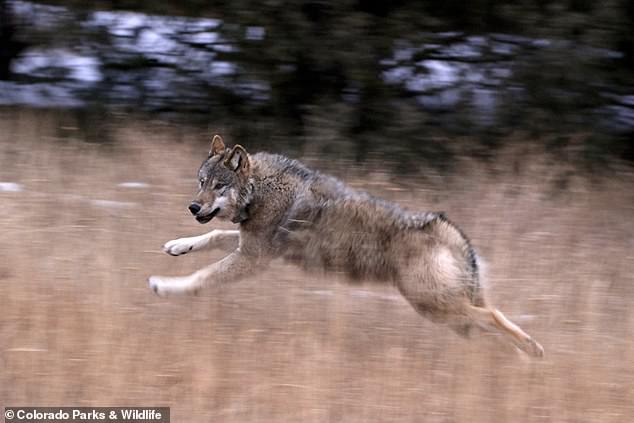
Colorado Parks and Wildlife had released 10 endangered gray wolves, fitted with a GPS satellite collar, into a remote forest in Colorado’s Rocky Mountains in December 2023.
“The positive thing is that if any of those wolves cross the border into Wyoming, they are no longer protected. They are classified as predators and can be removed,” said sheep farmer Jim Magagna.
The pair’s appearance was first noticed by Moffat County sheep farmer Jorgiea Raftopoulos, who said she found wolf tracks on Feb. 16 a mile from her farm near Hamilton.
This was later verified by CPW officials and confirmed that the wolves were approximately 45 miles from the Wyoming border.
CPW has also made it clear that the agency has no plans to recapture wolves entering Wyoming.
Eric Odell, species conservation program manager for Colorado Parks and Wildlife, said 9NEWS: “If our released wolves go north to Wyoming, they will do what they do and there is no plan to recapture those wolves.”
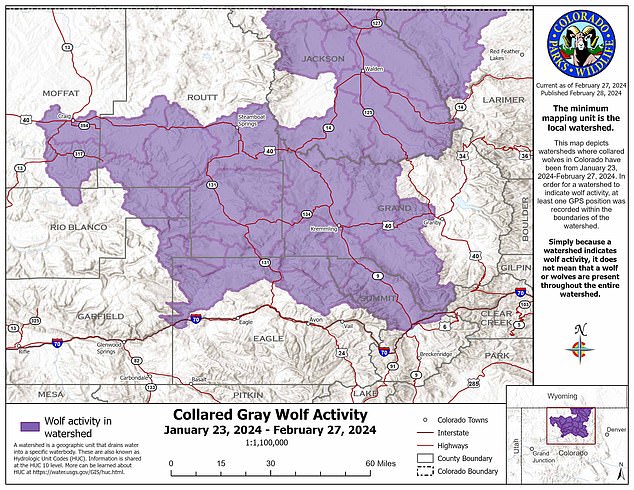
Based on the data, it has now been confirmed that two out of 10 wolves recently entered Moffat County, which is less than 50 miles from the Wyoming border, where killing wolves is legal year-round.
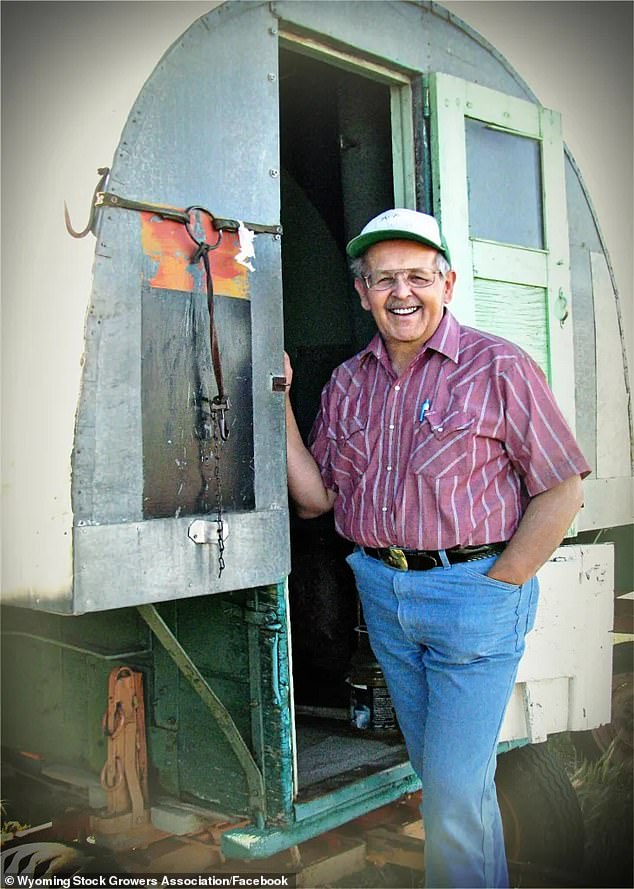
Jim Magagna, a Wyoming sheep farmer, called it a “positive thing” that wolves “can be removed” if they cross state lines
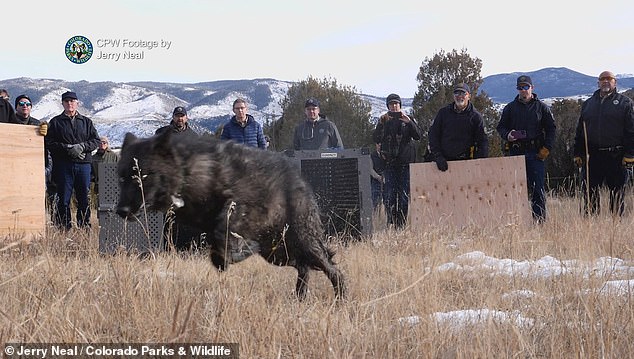
The CPW has also made it clear that the agency has no plans to recapture wolves entering Wyoming.
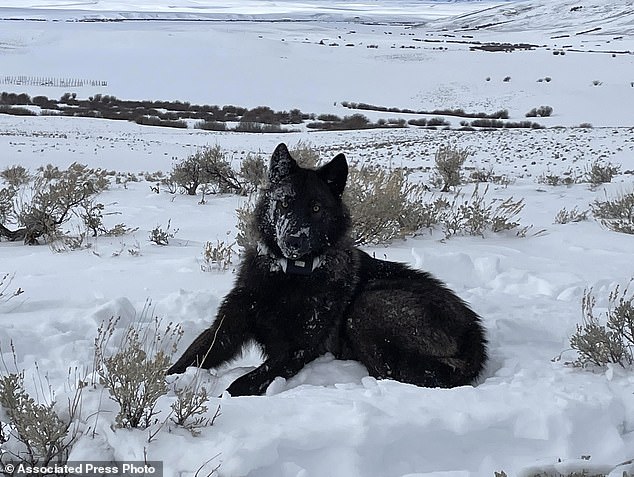
The possibility of Wyoming ranchers killing the two wolves in Moffat County has not upset any CPW officials
The possibility of Wyoming ranchers killing the two wolves in Moffat County has not upset any CPW officials.
CPW public information officer Joey Livingston said Field and current recent wolf movements are consistent with expectations outlined in the state’s reintroduction plan.
“In previous reintroductions in other states, we have seen wolves travel between 20 and 120 miles from reintroduction sites.
“Within our draft plan, we have created boundaries at 60 miles of Colorado’s northern, western and southern borders. The goal is to reintroduce them within that 60-mile buffer zone to ensure they stay in Colorado,” Livingston said.
But the potential crossing of the predators is not the first cross-border problem that states have faced.
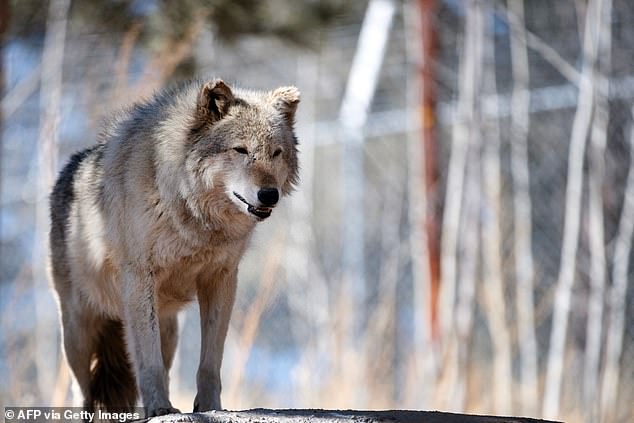
In September, the Colorado Sun reported that at least one wolf was killed after crossing into Wyoming
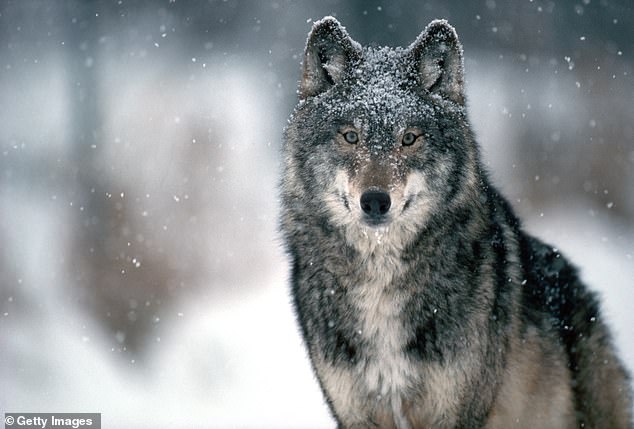
Reintroduction has proven to be a controversial issue. Gray wolves were nearly exterminated in the 20th century
In September, the Colorado Sun reported that at least one wolf was killed after crossing into Wyoming.
The publication cited reports from ranchers and other stakeholders, but Wyoming officials declined to confirm the death.
Instead, they claimed the information was confidential under an 11-year-old state policy intended to mask the identities of people who legally kill wolves in the state.
Reintroduction has proven to be a controversial issue. Gray wolves were nearly exterminated in the 20th century.
In 1905, the federal government infected the animals with mange. Ten years later, Congress passed a law requiring their removal from federal territory.
By 1960, the animals were all but wiped out from their former range – on the same pretext that they posed a threat to livestock and big game.
Colorado Parks and Wildlife had released 10 endangered wolves, fitted with a GPS satellite collar, into a remote forest in Colorado’s Rocky Mountains in December 2023.
The agency has released a new map showing their movement between January 23 and February 27.
The remaining eight are spread between the western edge of the state, Larimer County, and south into parts of Summit, Eagle and Garfield Counties.
